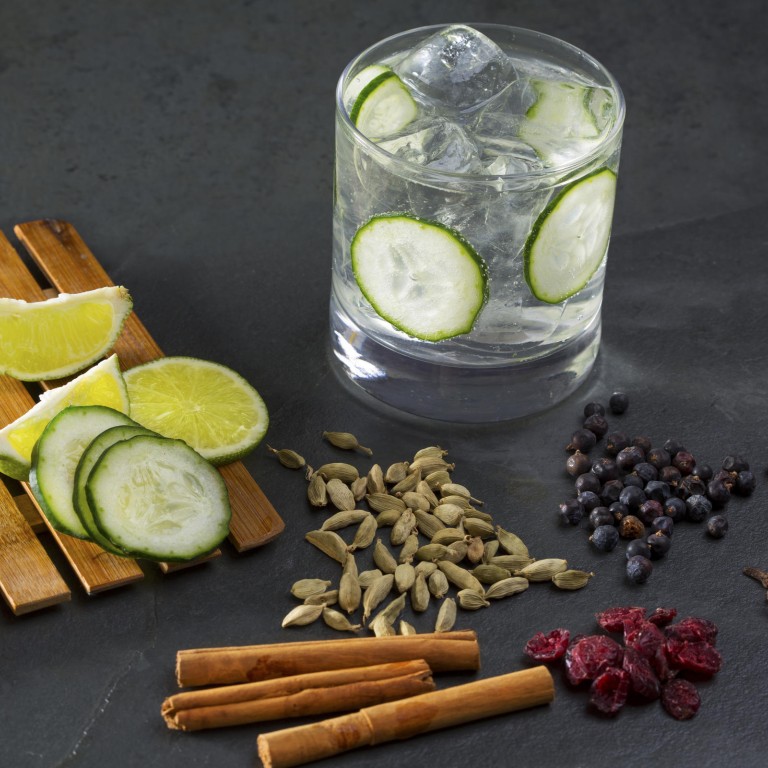
How gin began life as a herbal remedy, and ways to drink it now

The word gin was taken from the French word and the Dutch , both of which mean juniper, the plant used by distillers of the era to make medicines for apothecaries.
Today, juniper berries are still required to be the main flavour for gin under European Commission regulations. Gin is gluten-free as the distillation process destroys the gluten and yeast in the cereals/grains used in the spirit.
Interestingly, gin also uses almonds, and their allergenic substances are also consumed during the distillation process. The most common botanicals used in the production of gin are:
juniper, cardamom, liquorice, caraway seed, grains of paradise, cinnamon, nutmeg, anise seed, cassia bark, orris root, ginger and saffron
coriander and angelica
lemon, orange, grapefruit and almonds
Each producer of gin has its own secret mixture of these ingredients, which is a trademark of its brand.
London gin denotes a style of gin, not gin that is made in London - it must have no more than 0.1 grams of sugar per litre and the word "dry" may also be added to the label.
The term "limeys" came about from the Royal Navy, which issued crews with a ration of citrus fruits in order to combat scurvy (a disease caused by a deficiency of vitamin C) during the age of exploration.
And during the reign of William III, it seems the sailors were issued a ration of gin rather than rum, and this is when lime first met gin.
During the reign of William III, it seems the sailors were issued a ration of gin rather than rum, and this is when lime first met gin
The most popular way to drink gin is with tonic - another medicinal recommendation from the era when the British ruled India, and used as a prophylactic for malaria. Tonic contains quinine, and the British who were stationed in India were given rations of this in powder form. To make quinine more palatable, it was mixed with soda and sugar and thus a basic tonic water was created. The first commercial version of tonic water was produced in 1858. Under ultraviolet light, the quinine that is in tonic glows.
In the modern era, the US Food and Drug Administration limits the quinine content to 83ppm per litre of tonic; the daily therapeutic dosage is in the range of 500ppm-1,000ppm. To effectively prevent malaria, the dosage is 10mg/kg every eight hours, which works out to 2,100mg a day for a 70kg adult. That's a lot of gin and tonics for one person, but, of course, no doctor these days would recommend taking so much gin and tonic for malaria.

